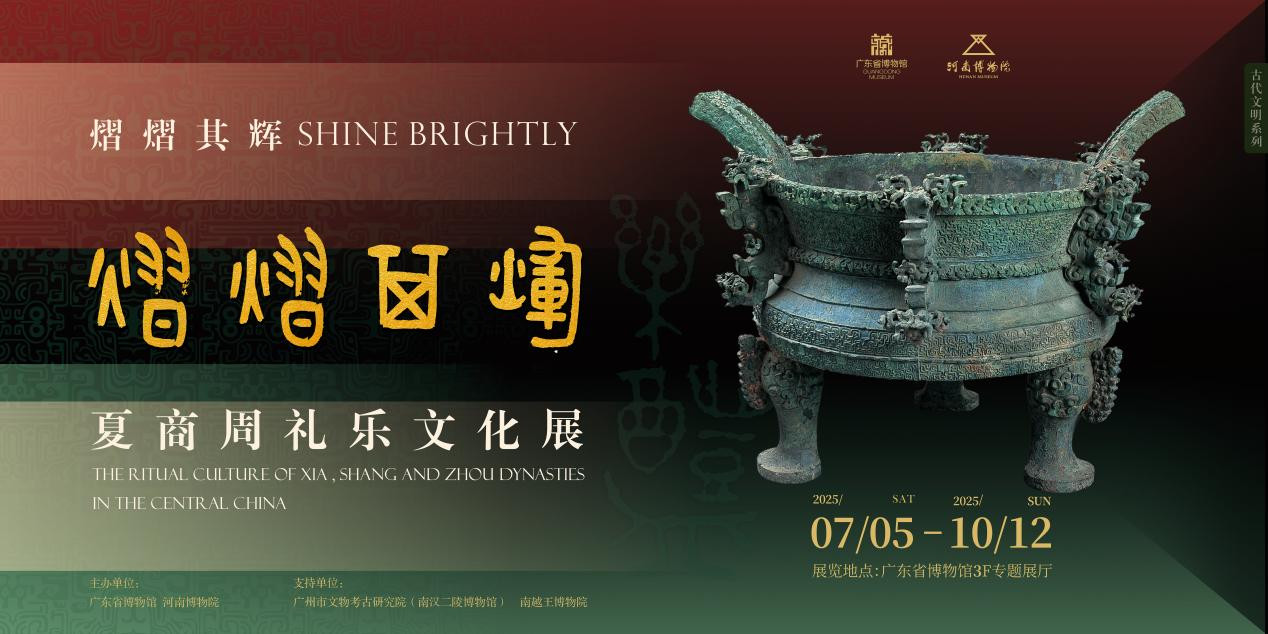
Poster of the ancient Chinese ritual culture exhibition (Photo: Guangdong Museum)
A new exhibition featuring the ritual culture of ancient China has opened at the Guangdong Museum in Guangzhou, southern China. Running through October 12, the exhibition brings show cases together 253 rare cultural relics from China's Xia (2070-1600 BC), Shang (1600-1046 BC), and Zhou (1046-256 BC) dynasties—over dynasties—over 80% of which are classified as treasured artifacts.
Jointly organized by the Guangdong Museum and the Henan Museum, the exhibition delves into the development of ritual traditions in early Chinese civilization, presenting jade, bronze, and ceramic objects once used in ancient ceremonies.
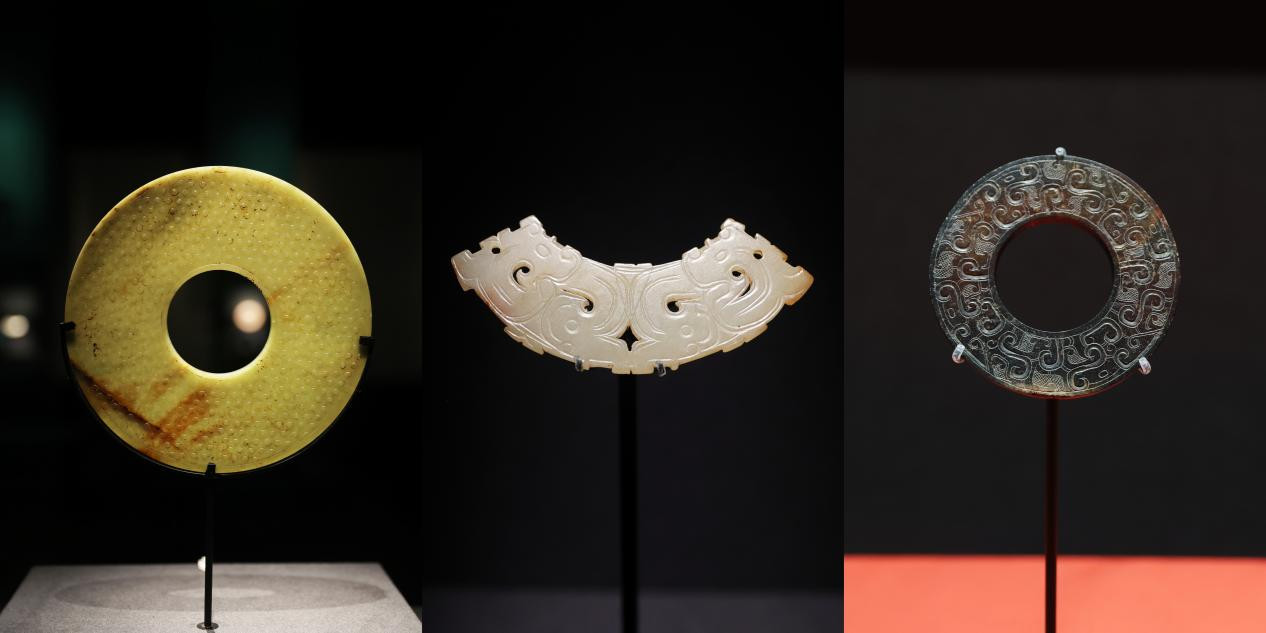
Jade artifacts on display (Photo: Guangdong Museum)
Among the highlights are several artifacts making their debut in Guangzhou, including the "Prince Wu" Ding, a bronze food container from China's Spring and Autumn Period (770-476 BC), and the "Yu Fou of Peng", a bronze bath vessel from the same period inscribed with the name of its owner, Peng.
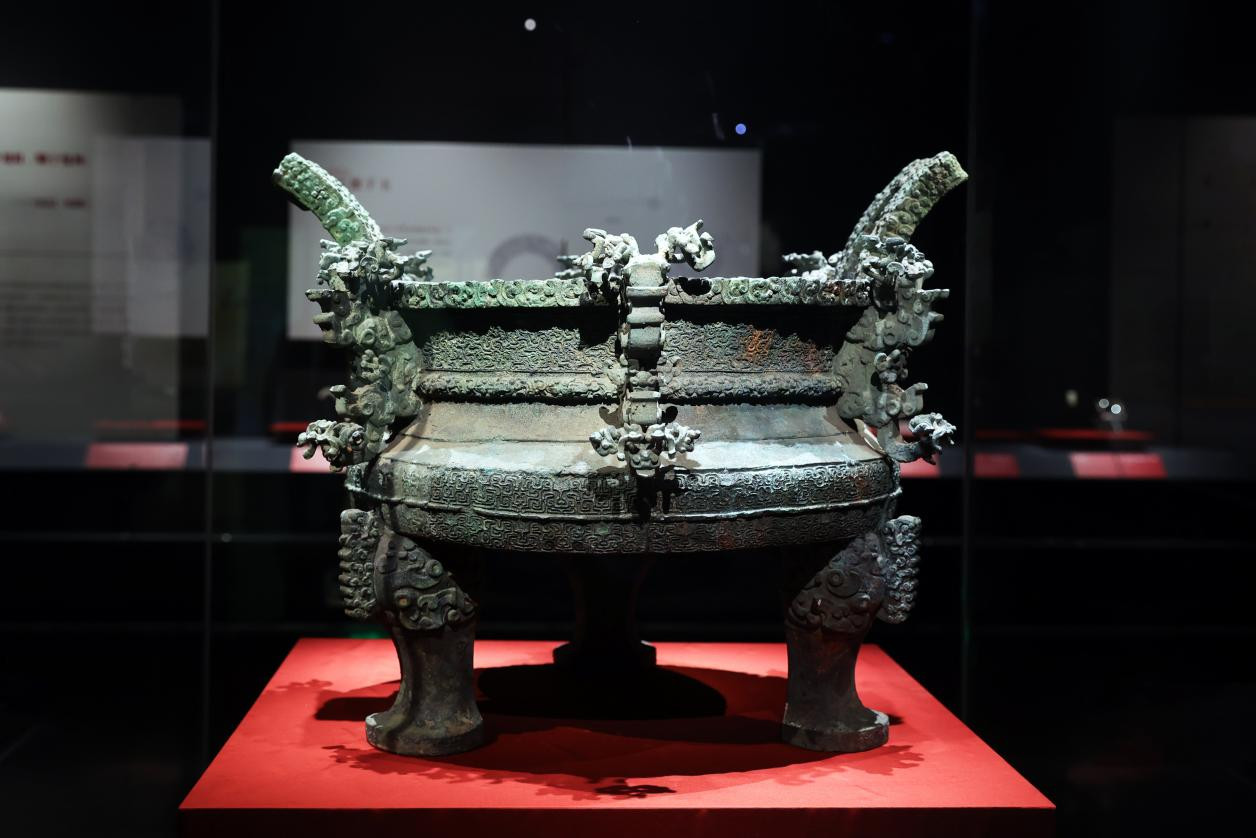
"Prince Wu" Ding (Photo: Guangdong Museum)
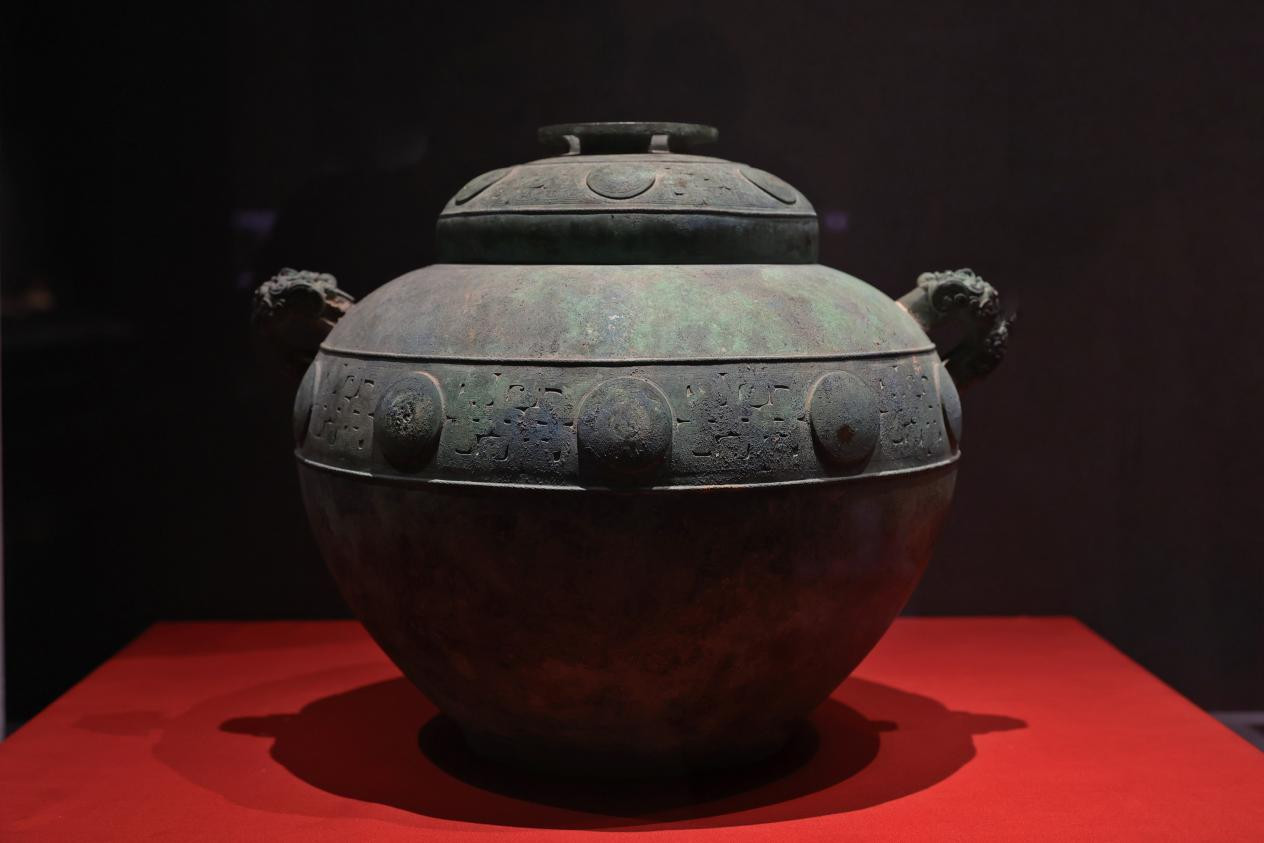
Yu Fou of Peng (Photo: Guangdong Museum)
The exhibition offers insight into the ancient Chinese "rites and music system" (礼乐制度)(礼乐制度), - a unique structure originating during the Xia, Shang, and Zhou dynasties that combined ceremonial rituals and music to maintain social order, express political authority, and reinforce moral values. This system shaped court ceremonies, ancestral worship, warfare protocols, and everyday etiquette. It also defined social hierarchy, determining who could use which types of vessels, instruments, and symbols could be used according to rank and role.
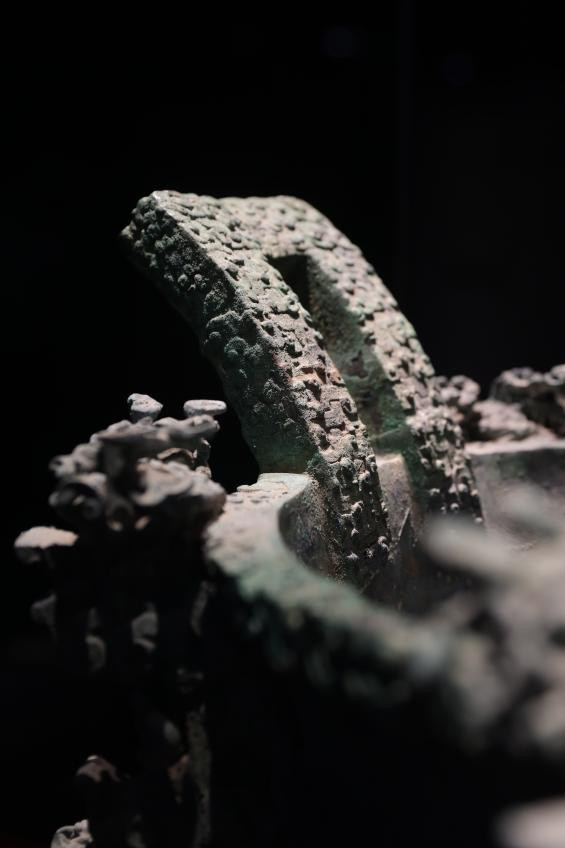
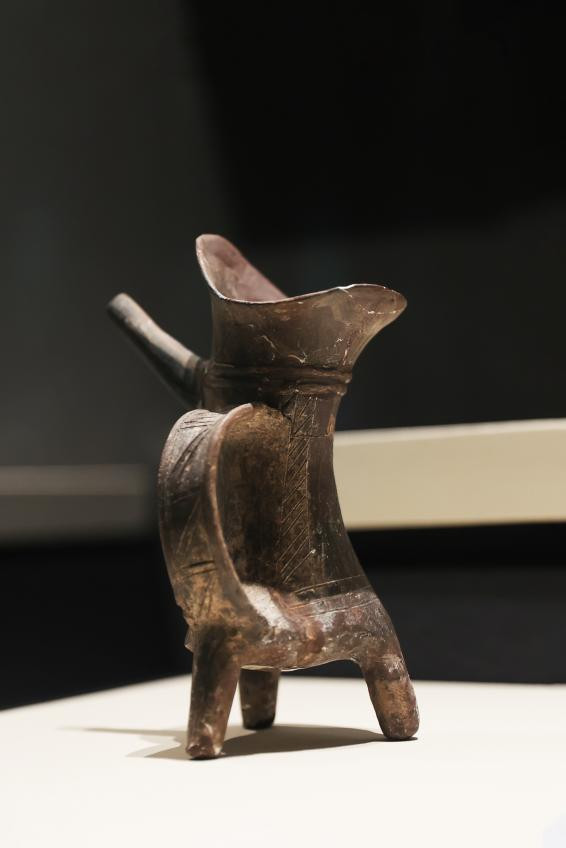
Close-up of some artifacts (Photo: Guangdong Museum)
Music, believed to harmonize the universe and regulate emotions, played a central role in these traditions. As a result, the exhibition also features a variety of ceremonial instruments, such as bianzhong (a set of bronze bells) and bianqing (a set of L-shaped flat stone/jade chimes), which were key essential components of ritual performances in ancient China.
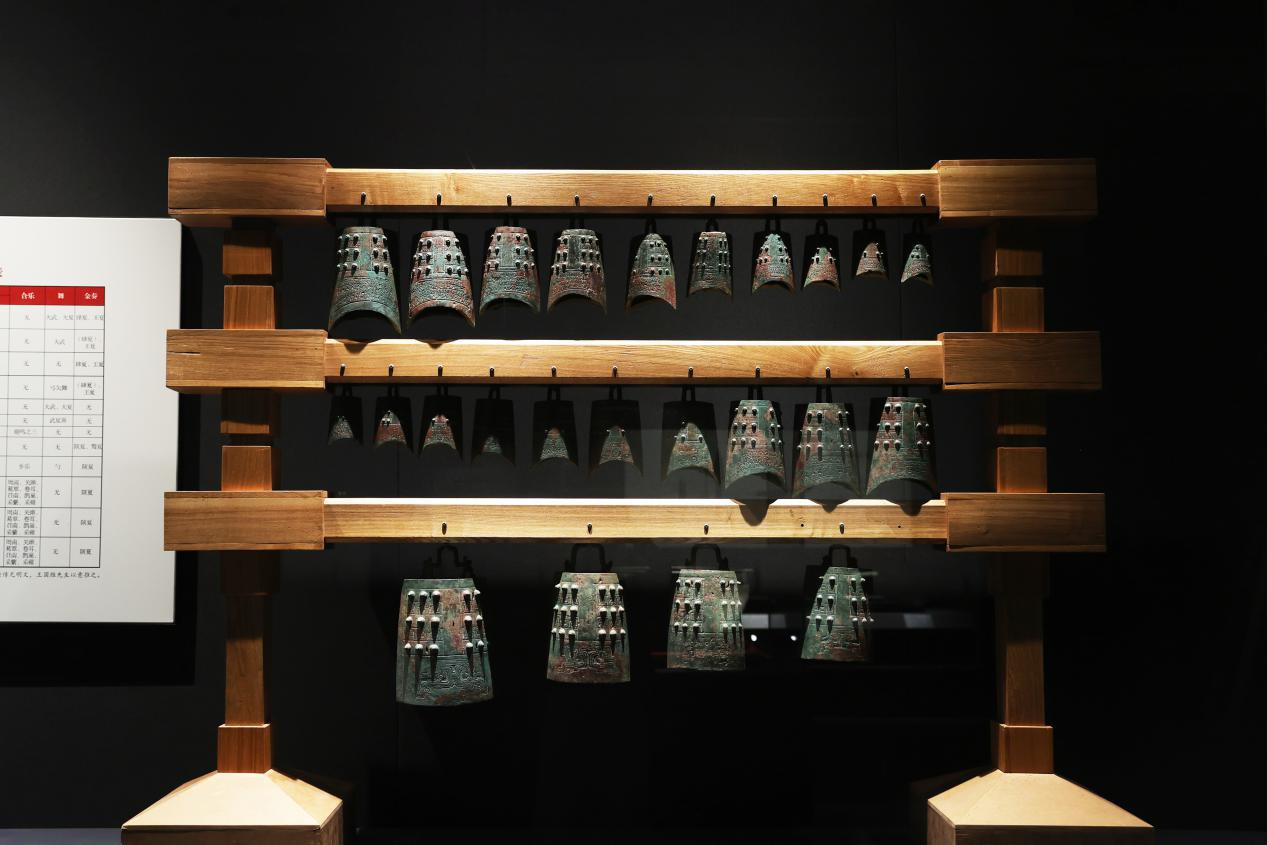
Bianzhong on exhibit (Photo: Guangdong Museum)
Through the use of modern technology suchtechnology such as projection mapping, digital animation, and interactive games, the Guangdong Museum transforms these intangible traditions into vivid experiences. Visitors can engage with immersive displays that bring to life ancient ceremonies, musical performances, and the cultural symbolism behind these artifacts.
The exhibition also highlights the cultural connections between China's Central Plains region (central China)—the birthplace of Chinese civilization—andcivilization—and the Lingnan region in southern China. These exchanges contributed to the formation of a unified Chinese civilization.
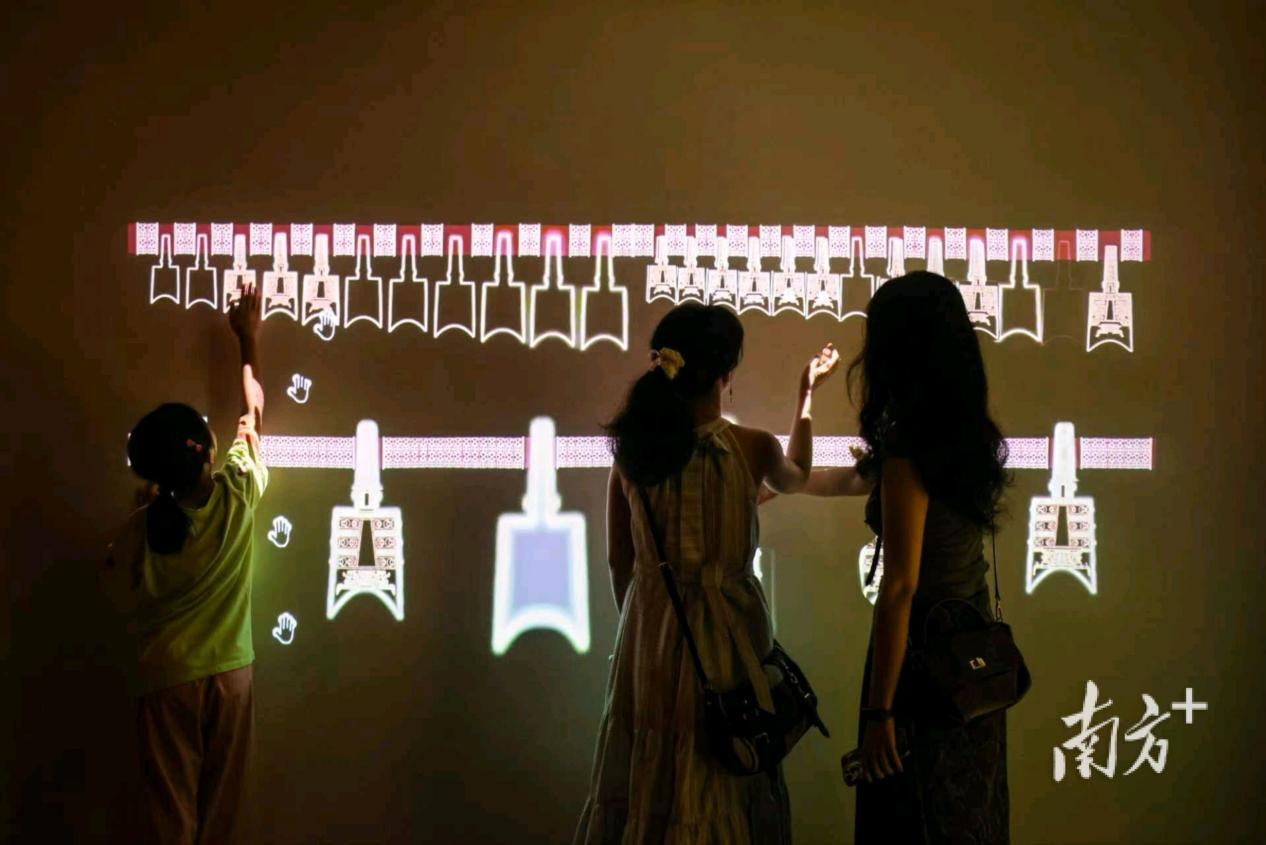
The visitor touches the projection to hear the sound of bianzhong. (Photo: Nanfang Plus)
Exhibition Details
Dates: July 5 - October 12, 2025
Venue:3F, Guangdong Museum, Guangzhou
Opening Hours:
Tuesday to Sunday, 9:00 am - 5:00 pm (Last entry at 4:00 pm). Closed on Mondays.
*July 8 - August 31: Saturday to Thursday, 9:00 am - 6:00 pm (Last entry at 5:00 pm); Friday, 9:00 am - 8:30 pm (Last entry at 7:30 pm). Closed on Mondays.
Admission: Free
Reservation: Via WeChat official mini-program "广东省博物馆" (pinyin: guangdong sheng bo wu guan)
Reporter | Li Muzi
Photo | Guangdong Museum, Nanfang Plus
Editor | Hu Nan, James, Shen He






